Top 10 Stainless Bolt Types for Maximum Durability and Performance in 2023
In the ever-evolving landscape of construction and manufacturing, the choice of fasteners plays a crucial role in ensuring structural integrity and longevity. Among the myriad of options available, stainless bolts stand out as a go-to solution for those seeking maximum durability and performance. As we delve into the top 10 stainless bolt types for 2023, it becomes evident that the right selection can significantly impact project outcomes across various industries.
Stainless bolts are renowned for their corrosion resistance, strength, and versatility, making them ideal for demanding environments. Whether in marine applications, chemical processing, or everyday construction projects, these fasteners ensure that structures maintain their integrity over time. This article will explore the top stainless bolt types available this year, considering their unique properties and suitable applications, allowing engineers and manufacturers to make informed choices to enhance performance and reliability.
Join us as we highlight the best stainless bolt options that are set to dominate the market in 2023, equipping professionals with the knowledge they need to select the most effective fasteners for their specific projects.
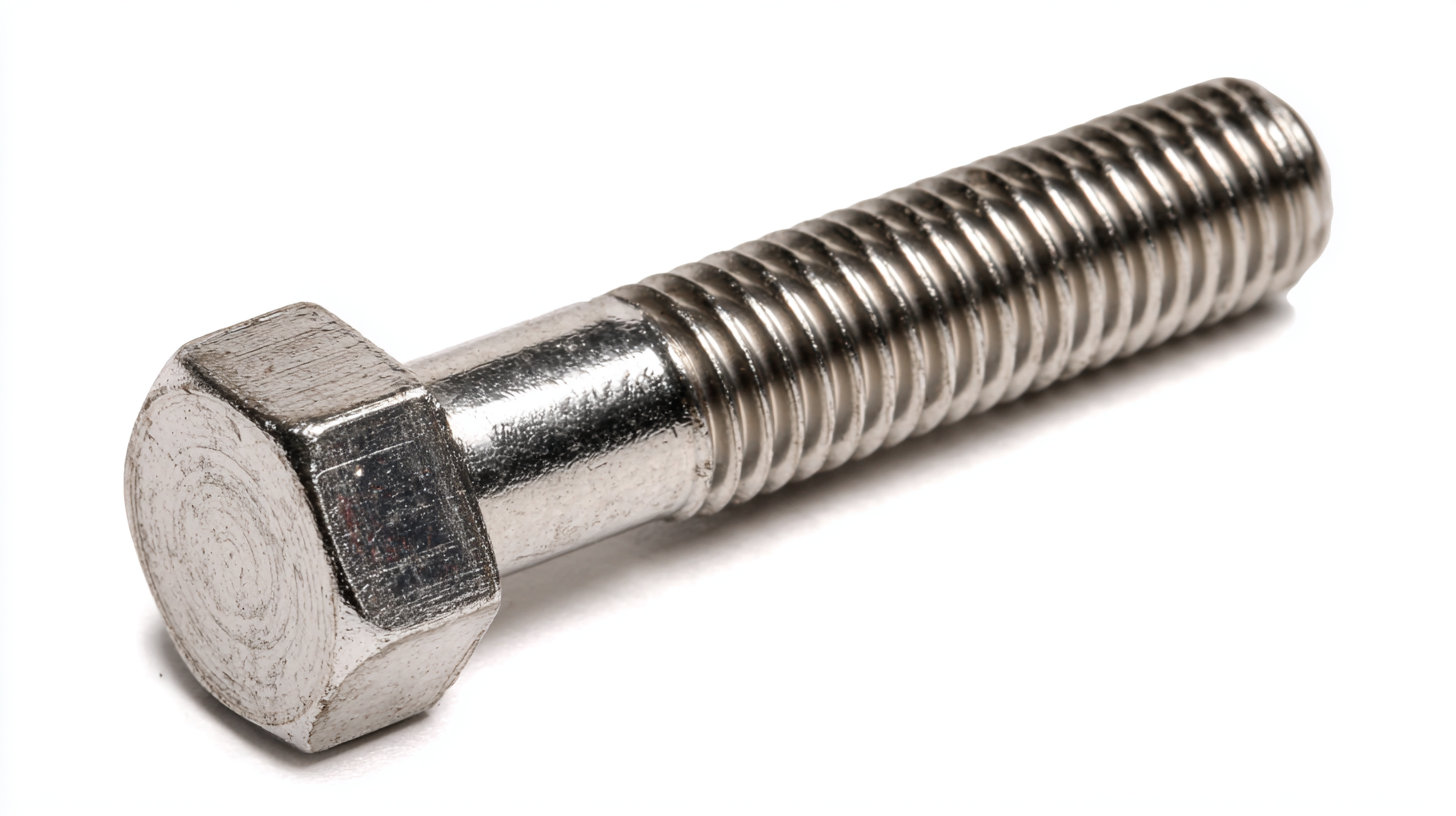
Overview of Stainless Bolt Types and Their Applications
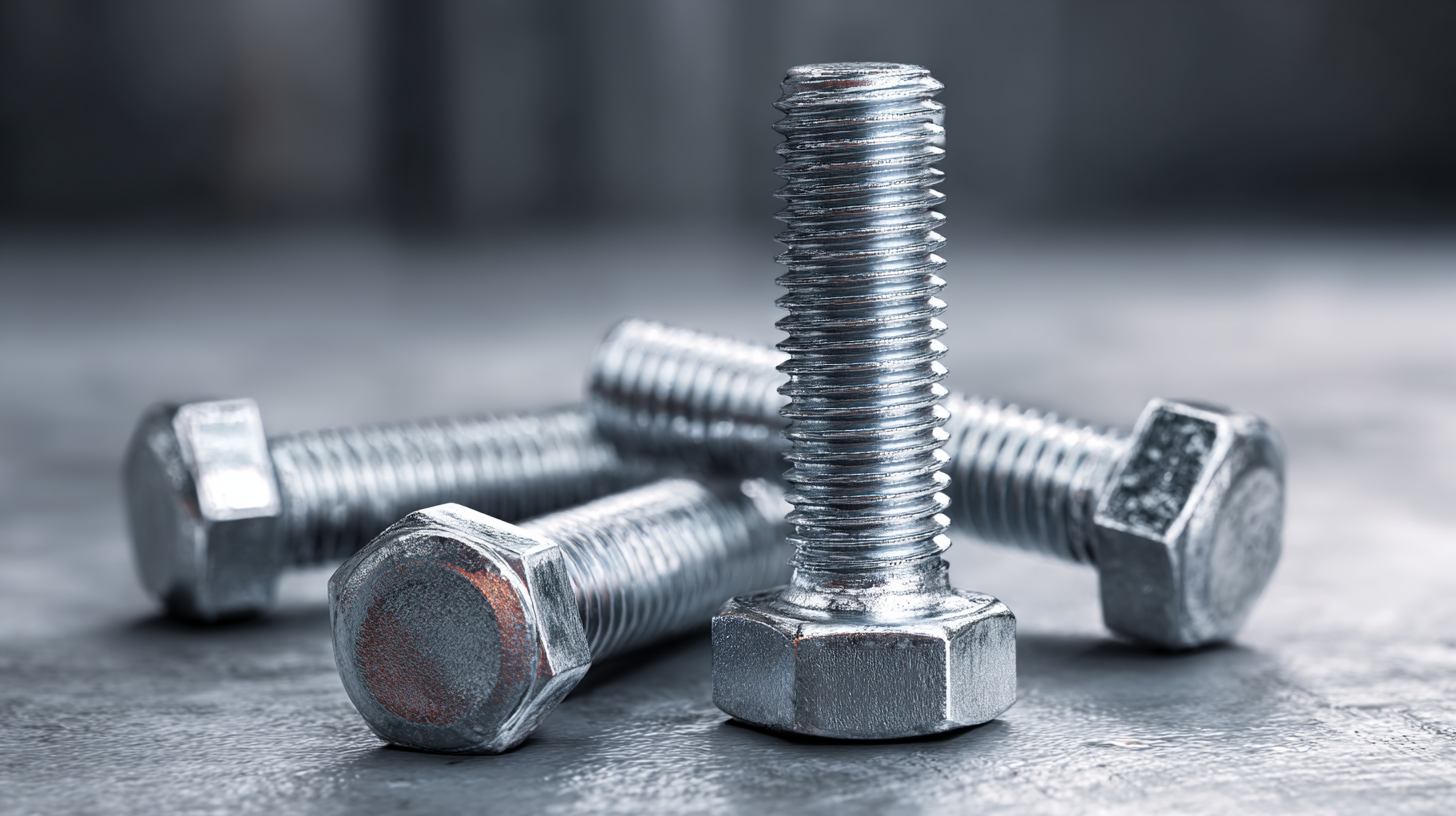 Stainless bolts are essential components in various industrial applications due to their resistance to corrosion and superior durability. In 2023, several types of stainless bolts are favored for their performance in challenging environments. Among the most commonly used are hex bolts, which offer versatility and strong clamping force, making them ideal for heavy machinery and structural applications. Additionally, socket head cap screws provide a robust design suitable for high-stress environments. These fasteners are often employed in automotive and aerospace industries, where reliability is crucial.
Stainless bolts are essential components in various industrial applications due to their resistance to corrosion and superior durability. In 2023, several types of stainless bolts are favored for their performance in challenging environments. Among the most commonly used are hex bolts, which offer versatility and strong clamping force, making them ideal for heavy machinery and structural applications. Additionally, socket head cap screws provide a robust design suitable for high-stress environments. These fasteners are often employed in automotive and aerospace industries, where reliability is crucial.
Another notable type is the anchor bolt, which secures structures to concrete, ensuring stability in construction projects. Their ability to withstand shear and tensile forces makes them indispensable in infrastructure development. Additionally, the rise of renewable energy sectors, especially in wind power, has fueled the demand for specialized fasteners tailored to withstand harsh weather conditions, further demonstrating the importance of selecting the right type of stainless bolt for each application. The fastener market is projected to grow significantly, reflecting the increasing reliance on durable and high-performance industrial solutions.
Key Characteristics of High-Performance Stainless Steel Bolts
In 2023, the stainless steel industry continues to thrive, with predictions estimating a global market size of approximately $32.3 billion by 2025, growing at a stable compound annual growth rate of 5.56%. This growth is largely driven by the increasing demand for high-performing stainless steel products in various sectors, including automotive, machinery manufacturing, and medical equipment. The expansion of applications for stainless steel materials, especially in high-end manufacturing and renewable energy frameworks, underpins this trend.
Stainless steel bolts, particularly, play a crucial role in ensuring durability and performance across these industries. High-performance stainless steel bolts are characterized by their exceptional corrosion resistance, strength, and workability, making them indispensable in many engineering applications. For instance, 2Cr13 stainless steel is recognized for its superior toughness and formability, which enhances its suitability for rigorous conditions. As industries evolve and demand more reliable and efficient fastening solutions, the emphasis on utilizing high-quality stainless steel bolts will only intensify.
Comparative Analysis of Corrosion-Resistant Bolt Varieties
When it comes to selecting stainless bolts for maximum durability and performance, understanding the different types available can significantly impact their effectiveness in various applications. This comparative analysis focuses on corrosion-resistant bolt varieties, emphasizing materials such as 304 and 316 stainless steel. 304 stainless steel bolts are widely used due to their good corrosion resistance and weldability, making them suitable for a variety of indoor and outdoor projects. However, when superior corrosion resistance is required, particularly in marine or highly corrosive environments, 316 stainless steel bolts are the ideal choice due to their higher nickel content and the addition of molybdenum, which offers further protection against pitting.
Tips: When selecting stainless bolts, it’s crucial to consider the environment in which they will be installed. For applications exposed to saltwater or harsh chemicals, always opt for 316 stainless steel bolts. Additionally, pay attention to the coating on the bolts, as some manufacturers offer enhancements like passivation, which can further increase corrosion resistance. Proper installation techniques, including the use of anti-seize compounds, can also extend the lifespan of stainless bolts, ensuring that they maintain their performance over time.
Top 10 Stainless Bolt Types for Maximum Durability and Performance in 2023
Selecting the Right Stainless Bolt for Specific Industries
When selecting stainless bolts for specific industries, it is crucial to consider the environmental conditions and mechanical requirements of each application. For instance, in the marine sector,
austenitic stainless steels, such as 316L, are preferred due to their superior resistance to corrosion from saltwater and other harsh elements. According to a report by the Marine Industry Association, using high-quality stainless bolts can increase structural integrity and longevity, reducing maintenance costs by up to 30%.
In the construction industry, galvanized stainless bolts are often utilized for their strength and resistance to rust. A study conducted by the Construction Materials Institute revealed that the use of proper stainless bolt types can enhance the overall durability of structures, with premium stainless bolts displaying up to 50% better fatigue resistance compared to standard bolts. Additionally, in the food processing sector, complying with stringent hygiene standards necessitates the use of sanitary-grade stainless bolts, which are specifically designed to withstand cleaning chemicals without corroding, ensuring operational efficiency and safety.
Future Trends in Stainless Bolt Design and Manufacturing Techniques
The future of stainless bolt design and manufacturing techniques is poised for significant advancements, driven by ongoing trends in the industrial fasteners market. As the global market is projected to grow, innovation in materials and processes will be critical. Manufacturers are increasingly focusing on high-strength, corrosion-resistant materials to enhance bolt performance in demanding environments. This shift towards more durable and efficient products aims to meet the rising demands from sectors such as construction and automotive, where failure of fasteners can lead to catastrophic results.
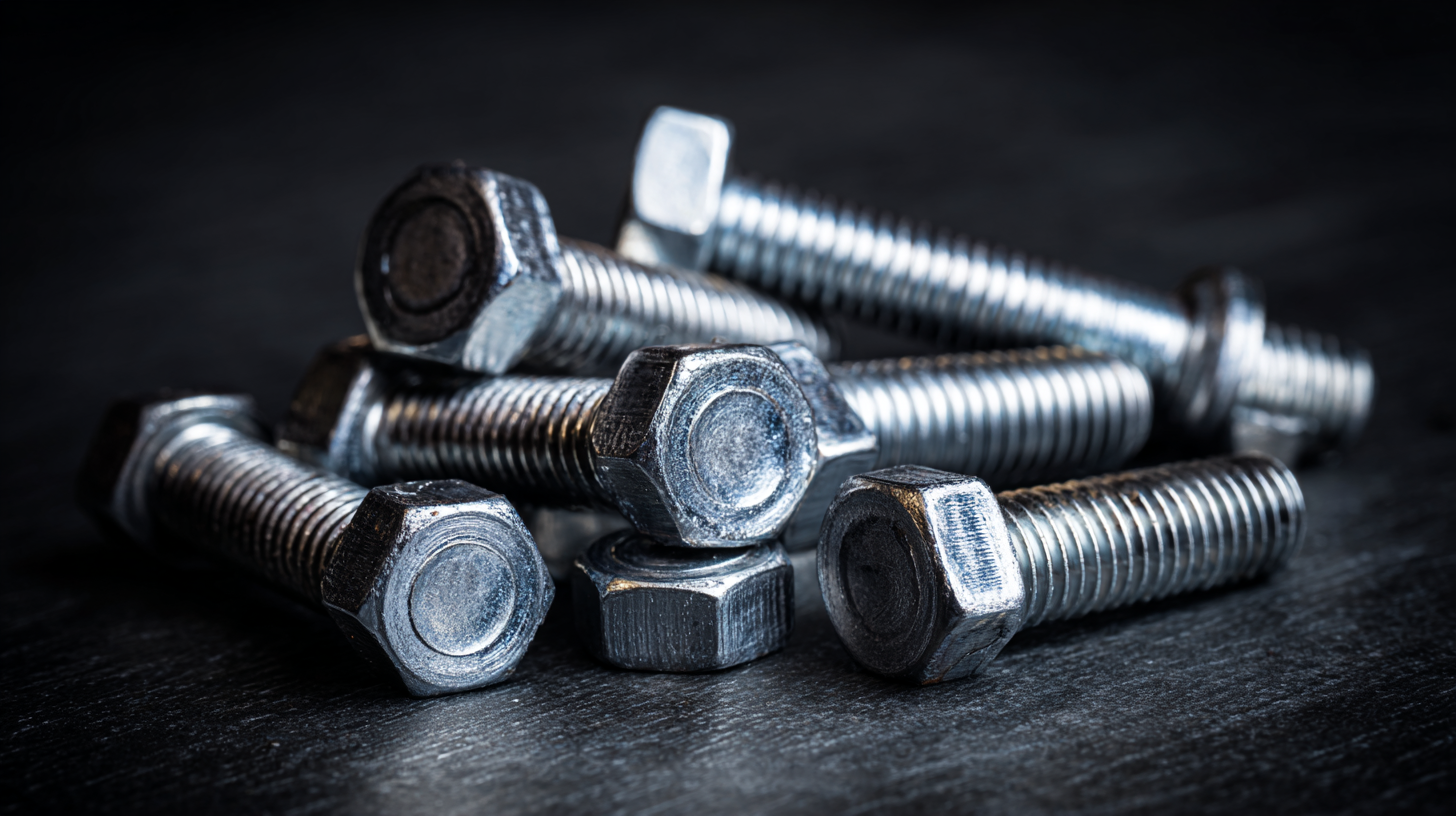
Additionally, advancements in automation and digitalization are transforming manufacturing processes, contributing to improved efficiency and precision in stainless bolt production. These technologies allow for greater customization and scalability, enabling manufacturers to better respond to the specific needs of various industries. As the market evolves, the emphasis on sustainability and eco-friendly practices will also shape the future of stainless bolt design, guiding companies to adopt greener processes while maintaining high-performance standards.
Related Posts
-

7 Best Tips for Choosing the Right Stainless Bolt for Your Project
-
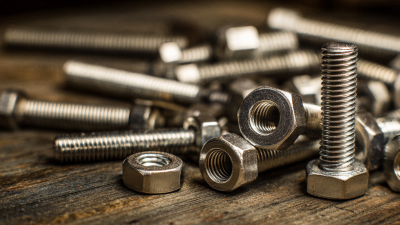
How to Choose the Right Stainless Bolts for Your Project Needs
-

2025 Top 5 Benefits of Using Mushroom Head Carriage Bolts for Your Projects
-
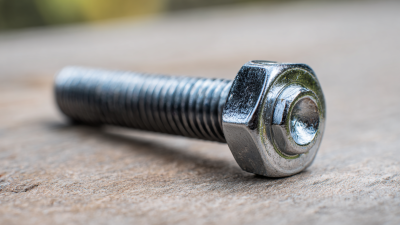
How to Choose the Perfect Hot Sale Carriage Bolt for Your Project
-

7 Tips for Choosing the Right Button Head Bolt for Your Project
-

5 Essential Tips for Choosing the Right Truss Head Carriage Bolt for Your Project
